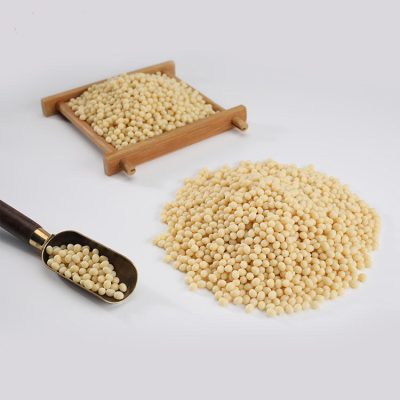The temperature at which EVA (Ethylene Vinyl Acetate) polymer decomposes can vary depending on the specific formulation and grade of EVA, as well as other factors such as the presence of additives. However, in general, EVA starts to decompose at elevated temperatures, typically well above its melting point.
The melting point of EVA can range from approximately 70°C to 110°C (158°F to 230°F), depending on its vinyl acetate content and other characteristics. However, the decomposition temperature is considerably higher.

EVA undergoes thermal degradation at temperatures significantly higher than its melting point, typically in the range of 250°C to 350°C (482°F to 662°F) or even higher. During thermal degradation, EVA breaks down into smaller molecules, releasing gases and potentially leaving behind residues.
It’s important to note that the exact decomposition temperature can vary based on factors such as:
- EVA Grade: Different grades of EVA may have different thermal stability profiles.
- Vinyl Acetate Content: EVA with higher vinyl acetate content may have a slightly lower decomposition temperature.
- Additives: The presence of additives or fillers in the EVA formulation can influence its thermal properties.
- Processing Conditions: The temperature and duration of exposure to elevated temperatures during processing or use can affect the onset of thermal degradation.
In practical applications, EVA is often used within its melting and processing temperature range, and it is not typically exposed to temperatures at which significant thermal degradation occurs. However, if EVA is subjected to extremely high temperatures, it can experience decomposition, leading to changes in its physical and chemical properties.
For specific information regarding the thermal properties and decomposition temperatures of a particular EVA material, it is advisable to consult the manufacturer’s technical data sheets or contact the manufacturer directly, as they can provide precise information based on their product’s formulation and characteristics.
